
John Maynard Smith was a British theoretical and mathematical evolutionary biologist and geneticist. Originally an aeronautical engineer during the Second World War, he took a second degree in genetics under the well-known biologist J. B. S. Haldane. Maynard Smith was instrumental in the application of game theory to evolution with George R. Price, and theorised on other problems such as the evolution of sex and signalling theory.

Henry Norris Russell ForMemRS HFRSE FRAS was an American astronomer who, along with Ejnar Hertzsprung, developed the Hertzsprung–Russell diagram (1910). In 1923, working with Frederick Saunders, he developed Russell–Saunders coupling, which is also known as LS coupling.

The Royal Academy of Arts (RA) is an art institution based in Burlington House in Piccadilly in London, England. Founded in 1768, it has a unique position as an independent, privately funded institution led by eminent artists and architects. Its purpose is to promote the creation, enjoyment and appreciation of the visual arts through exhibitions, education and debate.

The American Academy of Arts and Sciences (AAA&S) is one of the oldest learned societies in the United States. It was founded in 1780 during the American Revolution by John Adams, John Hancock, James Bowdoin, Andrew Oliver, and other Founding Fathers of the United States. It is headquartered in Cambridge, Massachusetts.

George William Hill was an American astronomer and mathematician. Working independently and largely in isolation from the wider scientific community, he made major contributions to celestial mechanics and to the theory of ordinary differential equations. The importance of his work was explicitly acknowledged by Henri Poincaré in 1905. In 1909 Hill was awarded the Royal Society's Copley Medal, "on the ground of his researches in mathematical astronomy". Hill is remembered for the Hill differential equation, along with the Hill sphere.
The National Academy of Medicine (NAM), known as the Institute of Medicine (IoM) until 2015, is an American nonprofit, non-governmental organization. The National Academy of Medicine is a part of the National Academies of Sciences, Engineering, and Medicine, along with the National Academy of Sciences (NAS), National Academy of Engineering (NAE), and the National Research Council (NRC).

The Royal Society of Edinburgh (RSE) is Scotland's national academy of science and letters. It is a registered charity that operates on a wholly independent and non-partisan basis and provides public benefit throughout Scotland. It was established in 1783. As of 2021, there are around 1,800 Fellows.
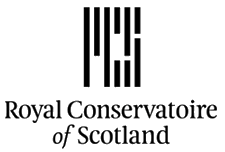
The Royal Conservatoire of Scotland, formerly the Royal Scottish Academy of Music and Drama is a conservatoire of dance, drama, music, production, and film in Glasgow, Scotland. It is a member of the Federation of Drama Schools.
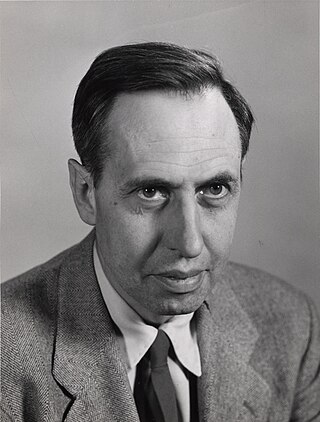
George Eugene Uhlenbeck was a Dutch-American theoretical physicist.

The National Academy of Design is an honorary association of American artists, founded in New York City in 1825 by Samuel Morse, Asher Durand, Thomas Cole, Martin E. Thompson, Charles Cushing Wright, Ithiel Town, and others "to promote the fine arts in America through instruction and exhibition." Membership is limited to 450 American artists and architects, who are elected by their peers on the basis of recognized excellence.

The Royal Scottish Academy (RSA) is the country’s national academy of art. It promotes contemporary Scottish art.

The Pennsylvania Academy of the Fine Arts (PAFA) is a museum and private art school in Philadelphia, Pennsylvania. It was founded in 1805 and is the first and oldest art museum and art school in the United States.

The Albany Academy is an independent college preparatory day school for boys in Albany, New York. It enrolls students from Preschool to Grade 12. It was established in 1813 by a charter signed by Mayor Philip Schuyler Van Rensselaer and the city council of Albany. In July 2007, the once separate Albany Academy and Albany Academy for Girls merged into The Albany Academies. Both schools retain much of their pre-merger tradition and character, and each continues to give diplomas under its own name.
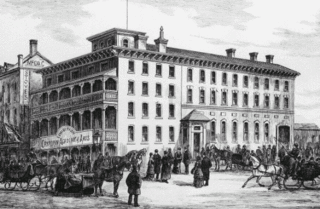
The Royal Canadian Academy of Arts (RCA) is a Canadian arts-related organization that was founded in 1880.
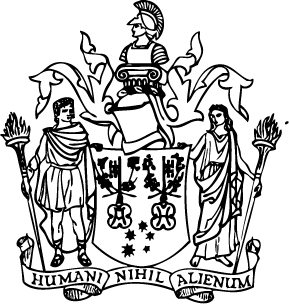
The Australian Academy of the Humanities was established by Royal Charter in 1969 to advance scholarship and public interest in the humanities in Australia. It operates as an independent not-for-profit organisation partly funded by the Australian Government.
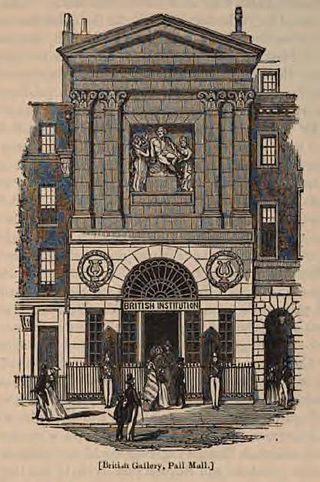
The British Institution was a private 19th-century society in London formed to exhibit the works of living and dead artists; it was also known as the Pall Mall Picture Galleries or the British Gallery. Unlike the Royal Academy it admitted only connoisseurs, dominated by the nobility, rather than practising artists to its membership, which along with its conservative taste led to tensions with the British artists it was intended to encourage and support. In its gallery in Pall Mall the Institution held the world's first regular temporary exhibitions of Old Master paintings, which alternated with sale exhibitions of the work of living artists; both quickly established themselves as popular parts of the London social and artistic calendar. From 1807 prizes were given to artists and surplus funds were used to buy paintings for the nation. Although it continued to attract members and visitors, in 1867, when the lease on its quarters expired, instead of renewing the society wrapped up its affairs.
George Michael Coupland FRS is a Scottish plant scientist, and Research Scientist and Director of the Max Planck Institute for Plant Breeding Research.
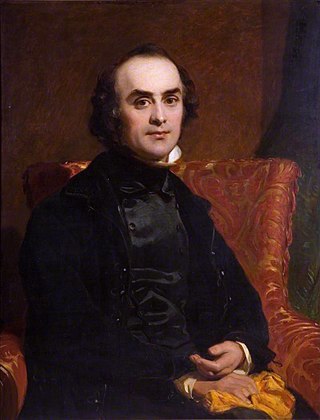
John Prescott Knight (1803–1881) was an English portrait painter. He was secretary of the Royal Academy from 1848 until 1873.

George Davey Smith is a British epidemiologist. He has been professor of clinical epidemiology at the University of Bristol since 1994, honorary professor of public health at the University of Glasgow since 1996, and visiting professor at the London School of Hygiene and Tropical Medicine since 1999.